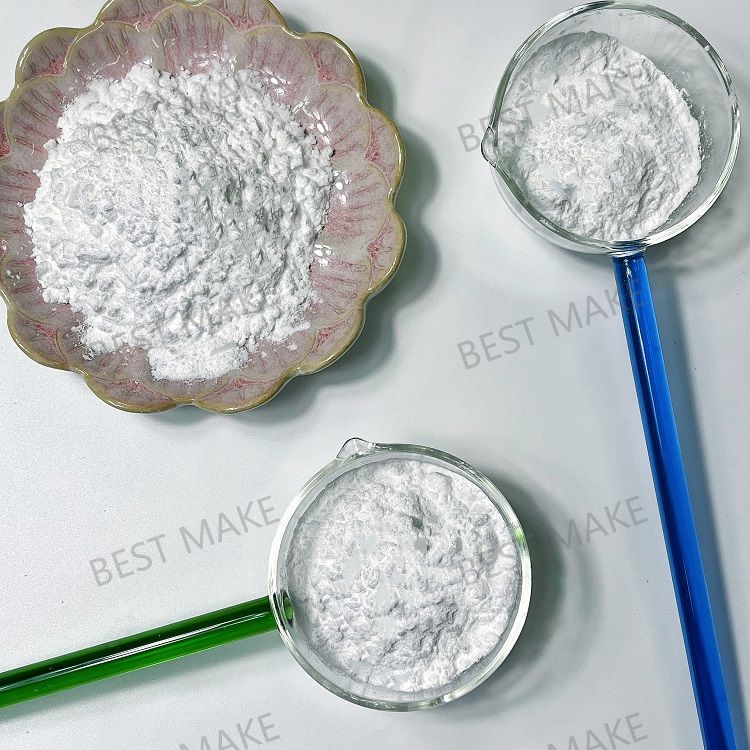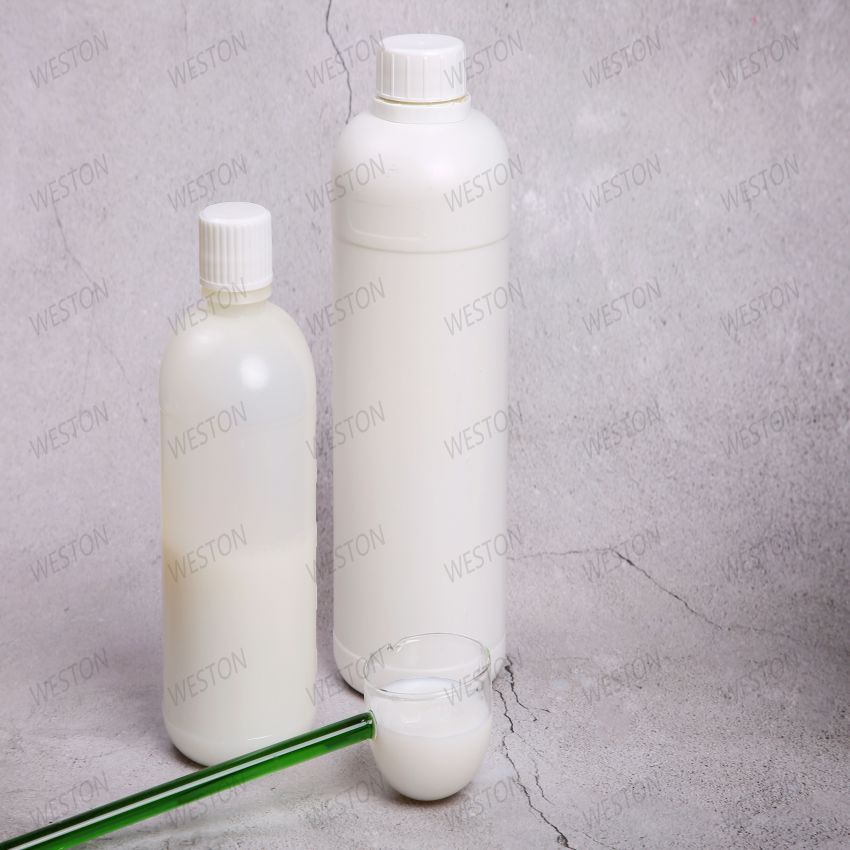-
Categories
-
Pharmaceutical Intermediates
-
Active Pharmaceutical Ingredients
-
Food Additives
- Industrial Coatings
- Agrochemicals
- Dyes and Pigments
- Surfactant
- Flavors and Fragrances
- Chemical Reagents
- Catalyst and Auxiliary
- Natural Products
- Inorganic Chemistry
-
Organic Chemistry
-
Biochemical Engineering
- Analytical Chemistry
- Cosmetic Ingredient
-
Pharmaceutical Intermediates
Promotion
ECHEMI Mall
Wholesale
Weekly Price
Exhibition
News
-
Trade Service
(6) Analysis and testing
Turn on and warm up according to the operating procedure of the atomic fluorescence spectrometer.
Table 5-51 Instrument parameters
(1) Drawing of calibration curve
Use standard solutions of 1000ug/L mercury, selenium, and bismuth respectively, and dilute them step by step into a series of standard solutions of mass concentration, and inject the samples separately
Use 1000ug/L standard solutions of arsenic and antimony respectively, and gradually dilute them into a series of standard solutions of mass concentration, add 10% hydrochloric acid , 100g/L thiourea solution, dilute to the mark with pure water, shake well, and place at room temperature for 30 minutes.
(2) Blank test
A blank sample was prepared with no sample added in the same steps as the solid waste sample preparation, and the solid waste leachate was prepared with experimental water instead of the sample to prepare the blank sample
(3) Sample measurement
Take the supernatant for injection, use potassium borohydride as the reducing agent, measure the fluorescence intensity of selenium and bismuth on an atomic fluorescence spectrometer, and find out the corresponding mass concentration of mercury from the standard curve
Take a certain amount of arsenic and antimony supernatant in a certain amount of colorimetric tube, add 10% hydrochloric acid , 100g/L thiourea solution, dilute to the mark with pure water, shake well, and place at room temperature for 30 minutes.
(7) Calculation and expression of results
For solid waste, when the test calculation result is less than 1mg/kg, keep three decimal places, and keep three significant digits when it is greater than or equal to 1ug/g
For solid waste leachate, when the test calculation result is less than 10mg/kg, keep two decimal places, and keep three significant digits when it is greater than or equal to 10mg/kg
1.
The mass ratio w (mg/kg) of mercury, arsenic, selenium, antimony and bismuth in solid waste is calculated by formula (1):
Where p——the mass concentration of the sample eaten on the working curve, ug/L;
P 0 ——the mass concentration of the blank sample, ug/L;
V 0 ——The constant volume of the sample after microwave digestion, mL;
V 1 ——The volume of the aliquoted sample, mL;
V 2 ——Measure the constant volume of the sample after aliquoting, mL;
m 1 ——the mass of the solid sample, g;
m 2 ——the mass of the solid sample after drying, g;
m 3 ——the mass of the solid sample after grinding and sieving, g
2.
The mass ratio w (mg/kg) of arsenic, selenium, antimony and bismuth in solid waste is calculated by formula (2):
Where p 1 ——the mass concentration of the sample found on the working curve, ug/L;
p 0 ——the mass concentration of the blank sample, ug/L;
V 0 ——The constant volume of the sample after microwave digestion, mL;
V 1 ——The volume of the aliquoted sample, mL;
V 2 ——Measure the constant volume of the sample after aliquoting, mL;
m 3 ——the mass of the solid sample after grinding and sieving, g
.
3.
Solid leaching liquid
The mass concentration p (ug/L) of mercury, arsenic, selenium, antimony, and bismuth in the solid waste leachate is calculated by formula (3):
Where p 1 ——the mass concentration of the sample found on the working curve, ug/L;
p 0 ——the mass concentration of the blank sample, ug/L;
V——The volume of the leaching solution taken during microwave digestion, mL;
V 0 ——The constant volume of the sample after microwave digestion, mL;
V 1 ——The volume of the aliquoted sample, mL;
V 2 ——Measure the constant volume of the sample after aliquoting, mL
.
(8) Quality assurance and quality control
(1) For each batch of samples, 10% blank samples should be made, at least two, and the measurement results should be lower than the lower limit of the method
.
(2) For each batch of samples, 10% parallel samples should be made, and the two determination results should not exceed 20%
.
(3) Each batch of samples needs to do a 10% standard addition recovery test, and the standard addition recovery rate should be 70% to 130%
.
(4) At least one certified reference material/certified reference sample shall be made for each batch of samples
.
(5) A calibration curve should be drawn for each sample analysis, and the correlation coefficient should not be less than 0.
999
.
(9) Matters needing attention
(1) The preheating time of the mercury lamp should be long enough
.
Mercury lamps are not easy to light up, and can be ignited by exciting them on the outer wall of the lamp
.
(2) When measuring mercury, the mass concentration of potassium borohydride should not be too high (less than 1%).
If it is too high, there will be no signal
.
(3) When measuring mercury, the signal is unstable.
It is best to use a blank calibration every 10 samples
.
(4) Waste liquids and wastes generated during the experiment should not be dumped at will.
They should be stored in airtight containers and entrusted to relevant qualified units for disposal
.
(5) All the glassware used in the experiment needs to be soaked in (1+1) nitric acid solution for 24 hours, and then washed with tap water and ultrapure water before use
.
Related links: Atomic fluorescence method of solid waste mercury, arsenic, selenium, bismuth and antimony (1)







